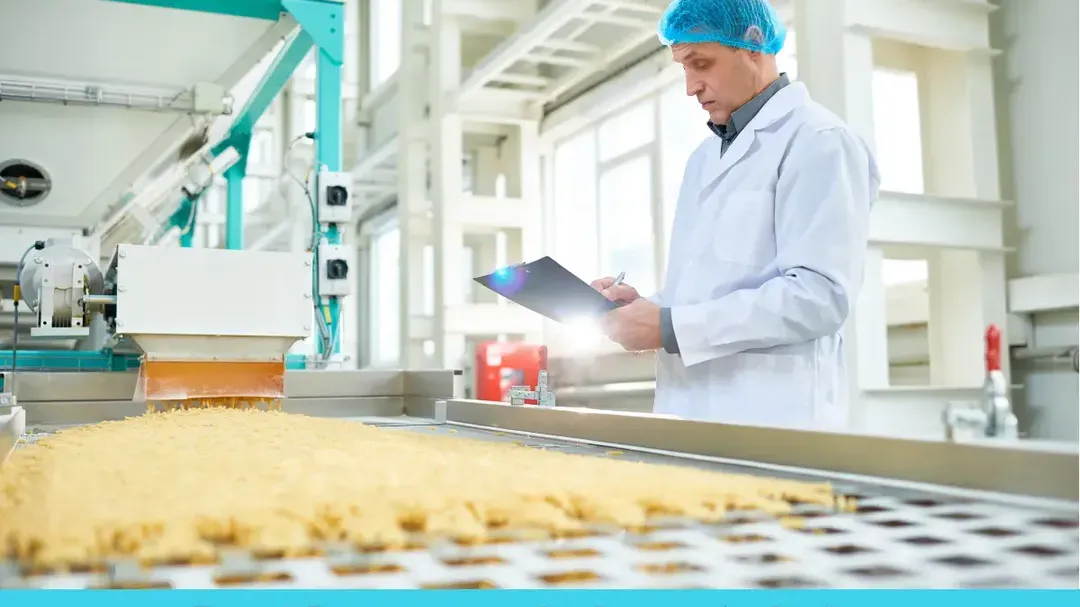Introduction
The food processing industry plays a crucial role in transforming raw agricultural produce into value-added food products. It acts as a bridge between agriculture and industry, enhancing economic growth and ensuring better utilization of farm produce.
India ranks second globally in agricultural output, benefitting from its 20 agro-climatic regions and diverse climatic conditions. The sector not only meets high domestic food demand but also contributes significantly to food exports, making it a key driver of the economy.
India's Competitive Advantage in Food Processing
India offers a diversified production base, providing an edge in the food and beverage industry. Key strengths include:
- Largest producer of milk – India leads global milk production and ranks second in fruits, vegetables, cereals, and pulses.
- Largest livestock population – With over 512 million livestock, including 119 million milch animals, the sector contributes 25% to the farm GDP.
- Rising consumer awareness – Increasing health consciousness is driving demand for organic and nutritional foods.
- Growing export market – The Indian processed food sector is expanding due to demand from the global Indian diaspora and international consumers.
Market Growth and Industry Potential
According to ASSOCHAM, the Indian food processing industry was projected to reach US$482 billion by 2020. However, revenue from food and beverages surpassed US$570 million in 2019, reflecting the sector’s rapid expansion.
Leading companies in Indian food processing:
- PepsiCo
- Nestlé
- Parle
- Dabur
- Haldiram’s
- GlaxoSmithKline (GSK)

Challenges Hindering Growth in Food Processing
Despite India's agricultural strength, less than 10% of total produce is processed, leading to economic losses. In comparison, developing countries process 30-50% of their output. Major obstacles include:
- Weak Supply Chain – High perishability and long food chains result in substantial post-harvest losses.
- Inadequate Infrastructure – Lack of cold storage, transportation, and packaging facilities impacts efficiency.
- Non-Compliance with Food Safety Standards – Absence of stringent quality control leads to low-standard processing.
- Post-Harvest Losses – According to MoFPI, India suffers annual losses of US$1.5 billion (Rs. 92,000 crores) due to improper food storage and handling.

Revenue Segments in the Indian Food Processing Industry
- Fruits & Vegetables – India ranks 2nd globally and expects 25% growth by 2025.
- Milk – The world's largest milk producer, with 146.3 million tonnes in 2015.
- Meat & Poultry – India leads in buffalo meat production (1.4 MT in 2015) and goat meat (0.91 MT in 2015). It is also a major producer of eggs and broiler meat.
- Marine Products – India’s fish production was 13 MT in 2015-16, with Andhra Pradesh leading in output.
- Grain Processing – Produces over 200 million tonnes of food grains annually.
- Consumer Food Sector – Among the fastest-growing segments, covering packaged foods, soft drinks, bottled water, and alcoholic beverages.
Future Opportunities

The Indian food processing sector offers significant opportunities for both domestic and international investors. Government initiatives, such as Mega Food Parks and Integrated Cold Chains, aim to reduce post-harvest losses and boost the sector’s efficiency. Key growth drivers include:
- Expansion of food consultancy services for regulatory compliance and technology integration.
- Investments in hygienic and high-tech food manufacturing units to meet global food safety standards.
- Increasing demand for sustainable food processing solutions, reducing environmental impact.
Stringent quality and hygiene norms will be crucial for India's food industry consulting sector to remain competitive globally. The integration of modern technology and automation will further enhance productivity and profitability in food manufacturing.
 PMG stands for Projects Management Group. We provide state-of-the-art Engineering Services to build world-class food processing factories.
PMG stands for Projects Management Group. We provide state-of-the-art Engineering Services to build world-class food processing factories.  Engineering is the difference between Chaos and Excellence. If you are going to do it, do it right.
Engineering is the difference between Chaos and Excellence. If you are going to do it, do it right.  Explore the diverse range of Products in the Food Processing Industry.
Explore the diverse range of Products in the Food Processing Industry.  Explore the technologies at the heart of the the Food Processing Industry.
Explore the technologies at the heart of the the Food Processing Industry. 


 Back
Back 



